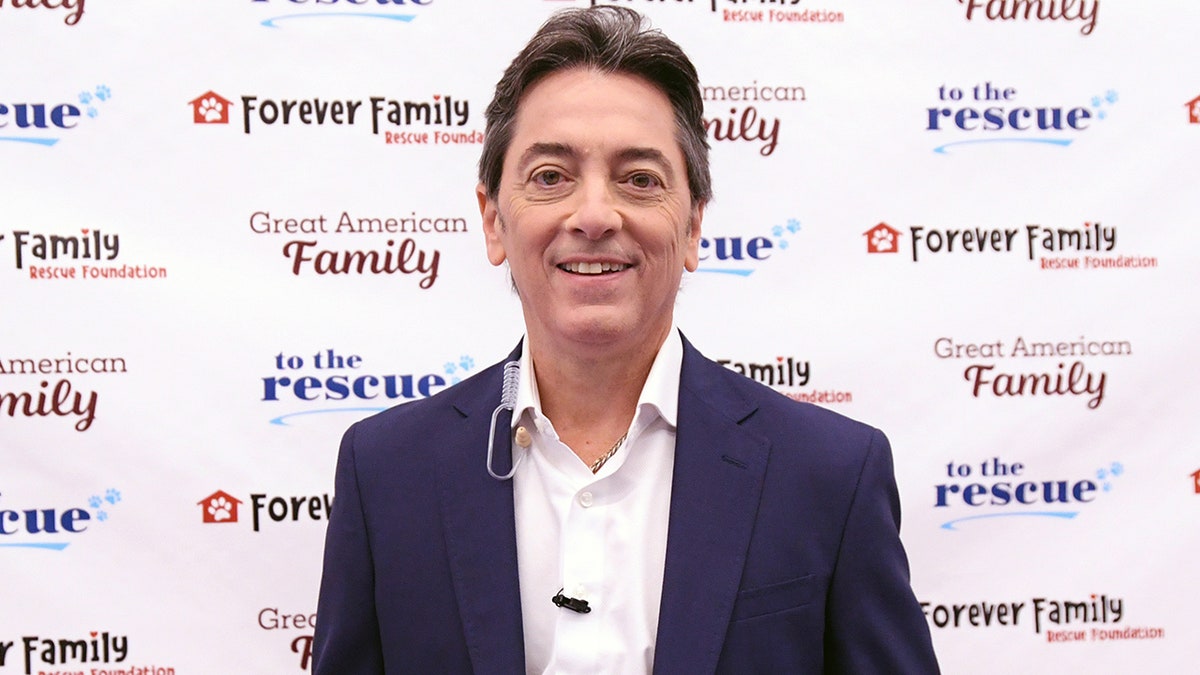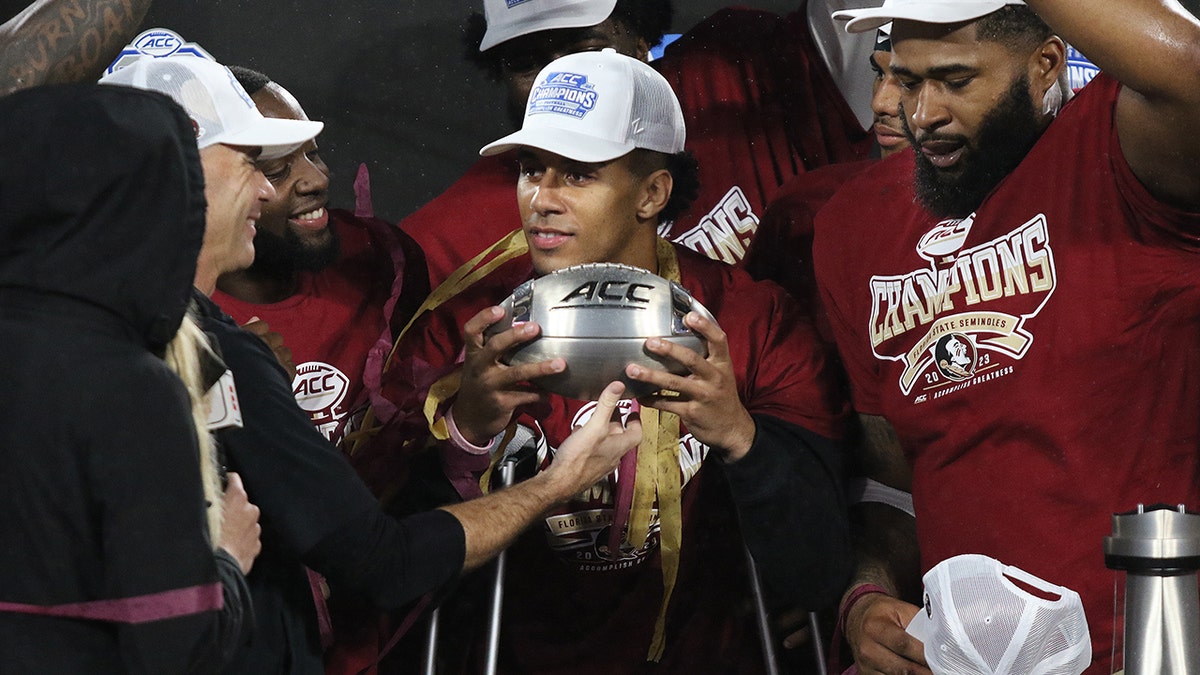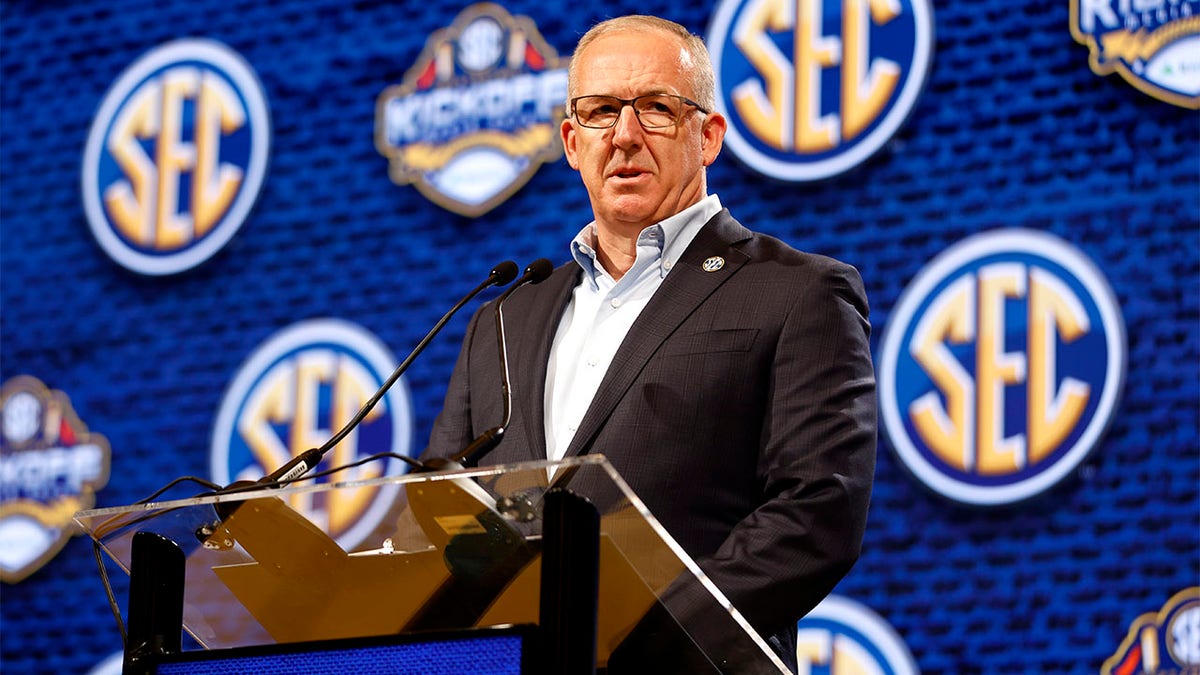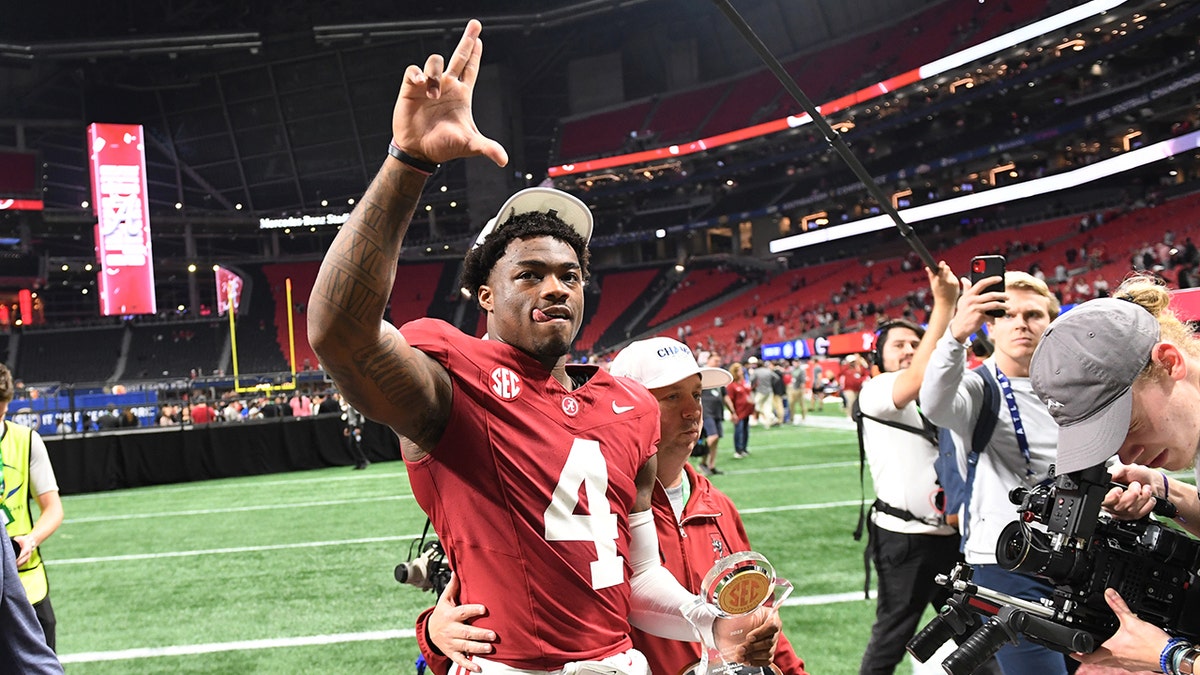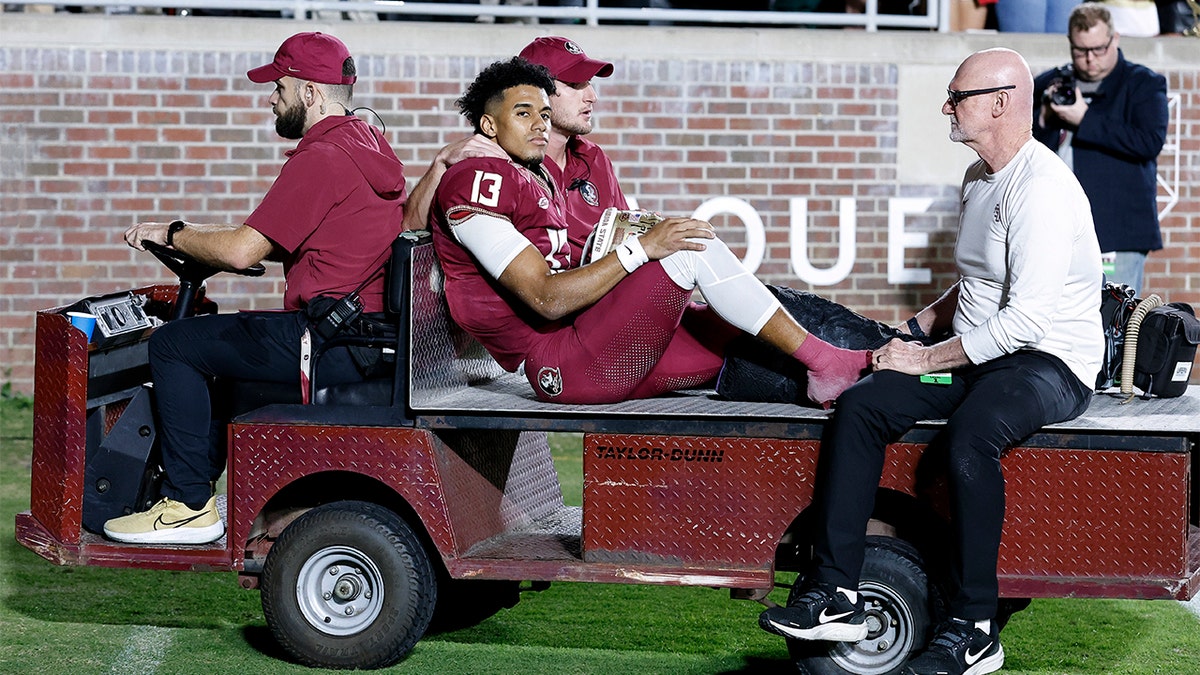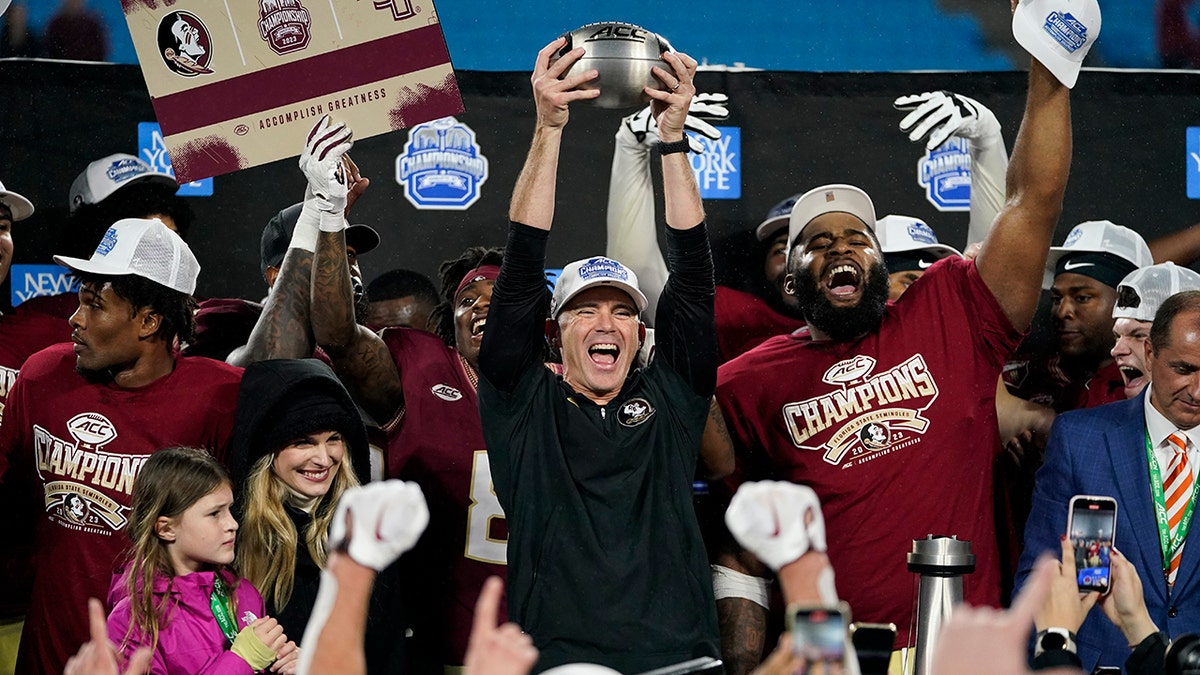It’s been proven that what people eat can help prevent or slow Alzheimer’s disease — but what about when they eat?
Participating in intermittent (time-restricted) fasting could lead to a reduced risk of cognitive deterioration, a recent study published in the journal Cell Metabolism suggests.
Researchers at University of California San Diego School of Medicine adjusted the feeding schedule of certain groups of mice so that they only ate within six-hour windows each day.
ALZHEIMER’S BLOOD TEST COULD HIT THE MARKET IN EARLY 2024, RESEARCHERS SAY
(This would be equivalent to 14 hours of fasting for humans, the researchers noted.)
Compared to a control group of mice that ate on demand, the fasting mice showed improvements in memory, were less hyperactive in the evenings and had fewer sleep disruptions.
Participating in intermittent (time-restricted) fasting could lead to a reduced risk of cognitive deterioration, according to a recent study published in the journal Cell Metabolism. (iStock)
They also were shown to have less buildup of amyloid proteins in the brain, which is a hallmark of Alzheimer’s disease.
The goal of the restricted eating is to restore the circadian rhythm, the researchers said, which could help counteract the numerous disruptions that Alzheimer’s patients face when it comes to sleep and schedule-related confusion.
HIDDEN BELLY FAT COULD SIGNAL ALZHEIMER’S DISEASE RISK 15 YEARS BEFORE SYMPTOMS SHOW UP, STUDY FINDS
“Our study emphasizes the power of feeding timing in aligning the circadian clock and its impact on the brain,” said senior study author Paula Desplats, PhD, professor in the Department of Neurosciences at UC San Diego School of Medicine, in a statement to Fox News Digital.
“We were hopeful to see some improvements in pathology, but did not expect such profound effects in reducing plaques and inflammation and improving memory,” she went on.
Compared to a control group of mice that ate on demand, the fasting mice showed improvements in memory, were less hyperactive in the evenings and had fewer sleep disruptions. (iStock)
“The effects of time-restricted feeding on lower amyloid pathology were also measurable in blood using markers found in the clinic, which was another important finding.”
The researchers hope that these findings will lead to human trials.
The goal is to obtain funding to start a pilot study of patients next year.
“Accessible interventions like this have great translational potential, as they are available and are usually very well-tolerated,” Desplats said.
The goal is to obtain funding to start a pilot study of patients next year.
“This may have special importance for the elderly, as time-restricted eating does not require limitation in calories or change in the diet, but may offer important benefits ranging from metabolic and sleep regulation to potential cognitive improvement.”
TIME-RESTRICTED EATING NO MORE BENEFICIAL THAN CALORIC RESTRICTION IN OBESE PATIENTS, STUDY SAYS
Adopting a new dietary pattern should not be a replacement for medical care, however, as Desplats emphasized the importance of patients’ discussions about options with their clinicians.
More than six million Americans of all ages have Alzheimer’s, and every 67 seconds, someone in America develops the disease, according to the Alzheimer’s Association. (iStock)
One major limitation of the study is that it uses animal models that only represent certain aspects of disease and “do not present comorbidities or other clinical diseases associated with aging, which are very common in Alzheimer’s patients,” noted Desplats.
“Furthermore, the study was done under strictly controlled conditions that did not resemble the variety of people’s habits and environments,” she added.
THE 8 BIGGEST ALZHEIMER’S DISEASE MYTHS — AND THE TRUTHS BEHIND THEM
The researchers hope that the public recognizes the importance of the circadian clock in regulating many aspects of health.
“Sustaining healthy sleep and eating habits that are more synchronized with the natural environment are vital in a society that is constantly exposed to food, light and shift work,” said Desplats.
“Fasting-mimicking diets have the potential to drastically reduce many aging and disease risk factors by reducing neuroinflammation or superoxide production in the brain,” a researcher told Fox News Digital. (iStock)
Previous studies have supported this association between fasting and reduced Alzheimer’s risk.
Last year, a study led by the USC Leonard Davis School of Gerontology in Los Angeles also found that mice that followed a fasting diet showed lower levels of “plaques and tangles” in the brain, reduced brain inflammation and better performance on cognitive tests.
“Cycles of a fasting-mimicking diet (FMD) had strong effects against Alzheimer’s symptoms in two different types of Alzheimer’s mouse models,” the lead author of that study, USC biogerontologist Dr. Valter Longo, told Fox News Digital.
“Fasting decreases pro-aging factors that are secreted after we eat, which can slow down the aging of the brain.”
“In mice, the effects of FMD cycles were very strong and wide, meaning they affected both learning and memory and also Alzheimer’s pathology peptides/proteins (amyloid and tau).”
Based on these findings, Longo recommends that people talk to their neurologist about considering fasting-mimicking diets and other nutrition-based approaches in support of standard-of-care drugs and therapies.
“Especially for Alzheimer’s disease, for which pharmacological interventions have had very limited efficacy, it will be very important to continue to study fasting-mimicking diets and other dietary interventions that can make drugs more effective,” he added.
“The main difference is that we tested an approach that does not require calorie reduction, which may be more sustainable and safer for older people whose metabolisms are already impacted by aging changes.” (iStock)
Desplats, lead author of the UC San Diego study, told Fox News Digital that Longo’s studies are on a similar track, demonstrating the connection between metabolism, fasting and brain health.
“The main difference is that we tested an approach that does not require calorie reduction, which may be more sustainable and safer for older people whose metabolisms are already impacted by aging changes,” she said.
COLORADO WOMAN WITH ALZHEIMER’S IS STILL VIBRANT AFTER MORE THAN 4 YEARS: ‘I REFUSE TO SURRENDER’
Dr. Joseph Antoun, CEO and chairman of the nutritech company L-Nutra in California, was also involved in the USC study.
“In these studies, mice fed the fasting-mimicking diet showed improved cognitive performance, motor learning and both short- and long-term memory, and promoted the growth of new neurons in the brain,” he told Fox News Digital via email.
“Fasting-mimicking diets have the potential to drastically reduce many aging and disease risk factors by reducing neuroinflammation or superoxide production in the brain.”
Mice that followed a fasting diet showed lower levels of “plaques and tangles” in the brain, which are known to be the hallmarks of Alzheimer’s disease in the human brain. (iStock)
Fasting can help the brain function in a myriad of ways, said Antoun.
“Fasting decreases pro-aging factors that are secreted after we eat, which can slow down the aging of the brain,” he told Fox News Digital in an emailed statement.
Time-restricted eating can also improve the quality of sleep, he noted, which can help the brain recover better.
Because fasting-mimicking diets can be done in longer periods, they can help the body go into higher levels of ketosis, Antoun noted, “which is wonderful for the brain.”
CLICK HERE TO SIGN UP FOR OUR HEALTH NEWSLETTER
(Ketosis, which is when the body burns fat for energy instead of glucose, has been shown to have cognitive benefits.)
“Prolonged fasting can also help with leaky gut, which then can aid the brain,” added Antoun.
In addition, intermittent fasting can help to control blood sugar, which can slow down the progression of Alzheimer’s, the doctor said.
Adopting a new dietary pattern should not be a replacement for medical care, the researchers said. (iStock)
Over the past several decades, there has been a steady increase in diagnoses of Alzheimer’s disease, Antoun noted.
“However, when we are able to detect neurodegenerative conditions early, we can take positive steps that may slow the process and mitigate any major side effects of the disorder.”
During prolonged periods of fasting, cells undergo a process called autophagy, which involves removing and recycling damaged cellular components, Antoun said.
CLICK HERE TO GET THE FOX NEWS APP
“This process is essential for maintaining proper cellular function and can help protect the brain from neurodegenerative diseases such as Alzheimer’s.”
More than six million Americans of all ages have Alzheimer’s, and every 67 seconds, someone in America develops the disease, according to the Alzheimer’s Association.
For more Health articles, visit www.foxnews.com/health.
Melissa Rudy is health editor and a member of the lifestyle team at Fox News Digital.
